Digital transformation is no longer a futuristic concept; it’s a present-day imperative for businesses of all sizes. Organizations that fail to embrace this shift risk becoming obsolete in a rapidly evolving market. Digital transformation implementation is the process of fundamentally changing how a company operates, delivers value to customers, and interacts with its stakeholders. It’s about leveraging technology to improve efficiency, enhance customer experiences, and unlock new opportunities. This article will explore key strategies, challenges, and best practices for successfully navigating this crucial journey. The core focus is on understanding how to effectively implement digital transformation, moving beyond simply adopting new technologies and focusing on creating a truly transformative business model.
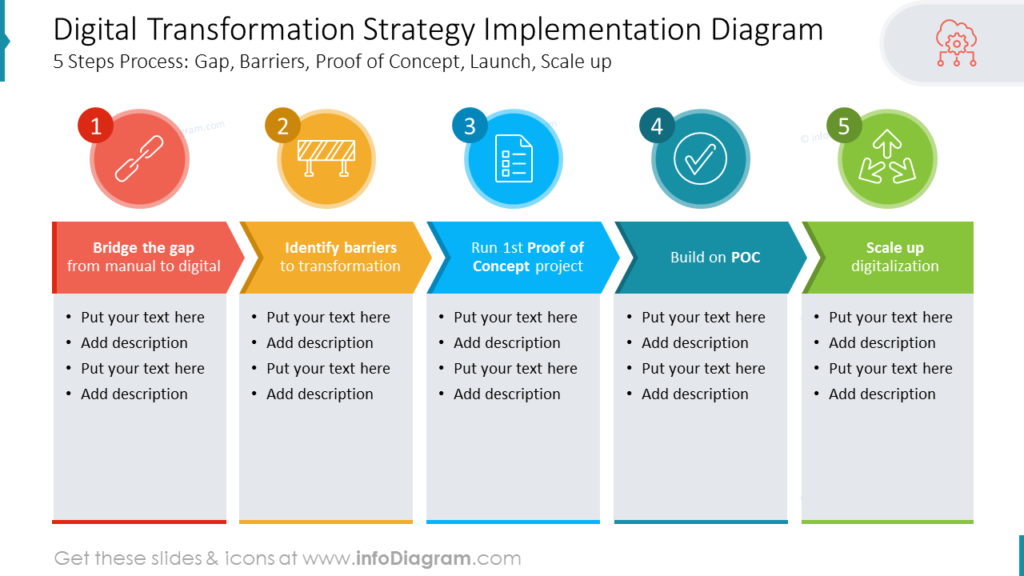
Understanding the Core Drivers of Digital Transformation
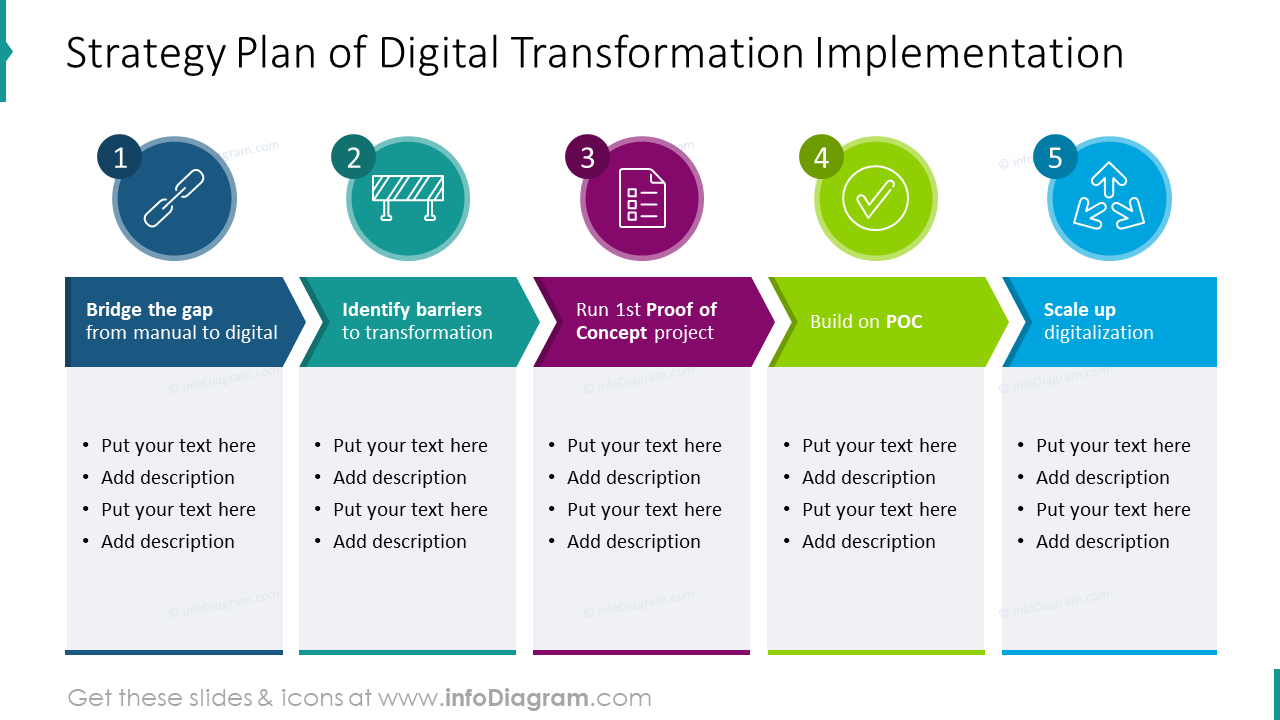
Several factors are converging to drive the urgency and necessity of digital transformation. Firstly, customers expect seamless, personalized experiences. They demand instant access to information, tailored recommendations, and convenient interactions across multiple channels. Secondly, data is becoming increasingly valuable. Businesses are realizing the potential of data analytics to gain insights into customer behavior, optimize operations, and make more informed decisions. Thirdly, competition is intensifying, forcing companies to innovate and differentiate themselves. Finally, technological advancements, such as cloud computing, artificial intelligence (AI), and the Internet of Things (IoT), are providing unprecedented opportunities for improvement. These aren’t just trends; they’re fundamental shifts in how businesses operate and compete. Successfully addressing these drivers is the first step towards a meaningful digital transformation.

Key Strategies for Successful Implementation
There isn’t a one-size-fits-all approach to digital transformation. A strategic, phased approach is generally more effective than a haphazard rush to adopt every new technology. Here are some key strategies to consider:

1. Define Clear Business Objectives
Before embarking on any digital transformation initiative, it’s crucial to clearly define the business objectives you’re trying to achieve. What problems are you trying to solve? What opportunities are you hoping to seize? These objectives should be SMART – Specific, Measurable, Achievable, Relevant, and Time-bound. For example, instead of saying “improve customer service,” a more specific goal might be “reduce customer service response time by 20% within six months.” Without clearly defined objectives, the transformation will likely lack direction and fail to deliver the expected results.
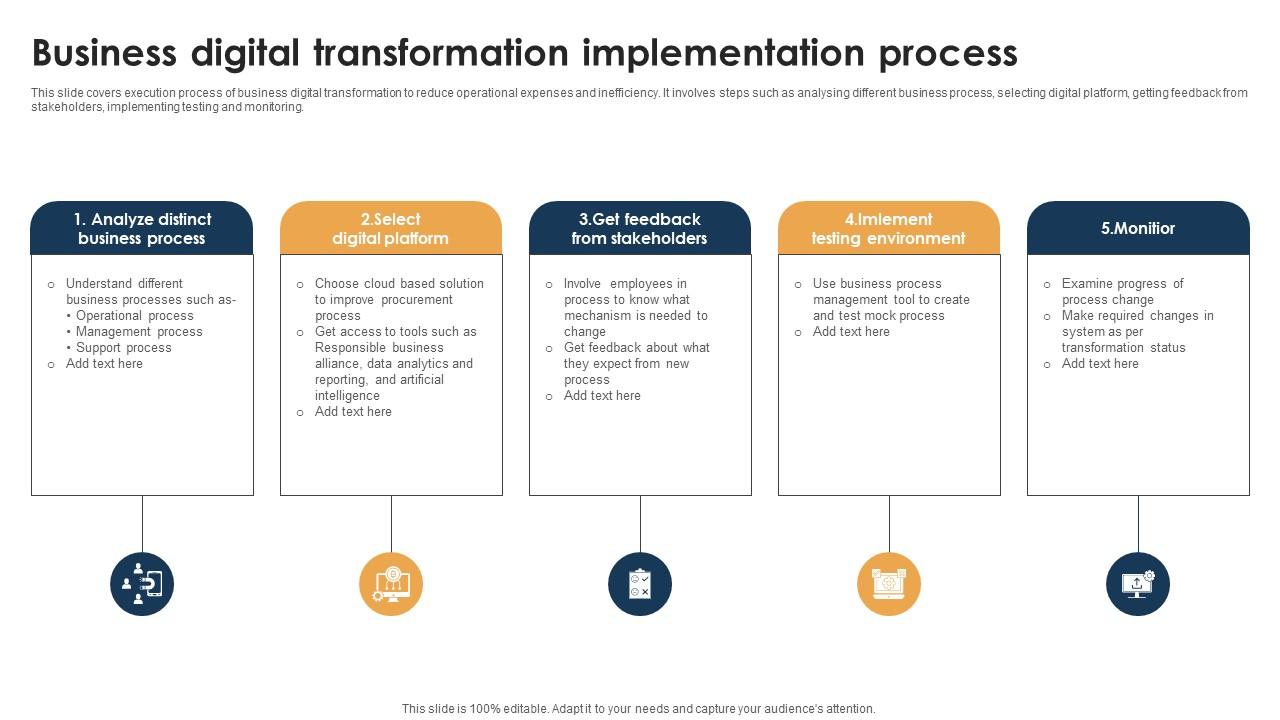
2. Assess Current Technology Landscape
A thorough assessment of your existing technology infrastructure is essential. This includes identifying what systems are currently in place, their capabilities, and their limitations. Don’t try to overhaul everything at once. A phased approach, starting with quick wins, is often more manageable and yields better results. Consider factors like legacy systems, data silos, and cybersecurity vulnerabilities. Understanding your current state allows you to identify areas for improvement and prioritize investments accordingly. A gap analysis will reveal where technology investments are needed to support the desired transformation.
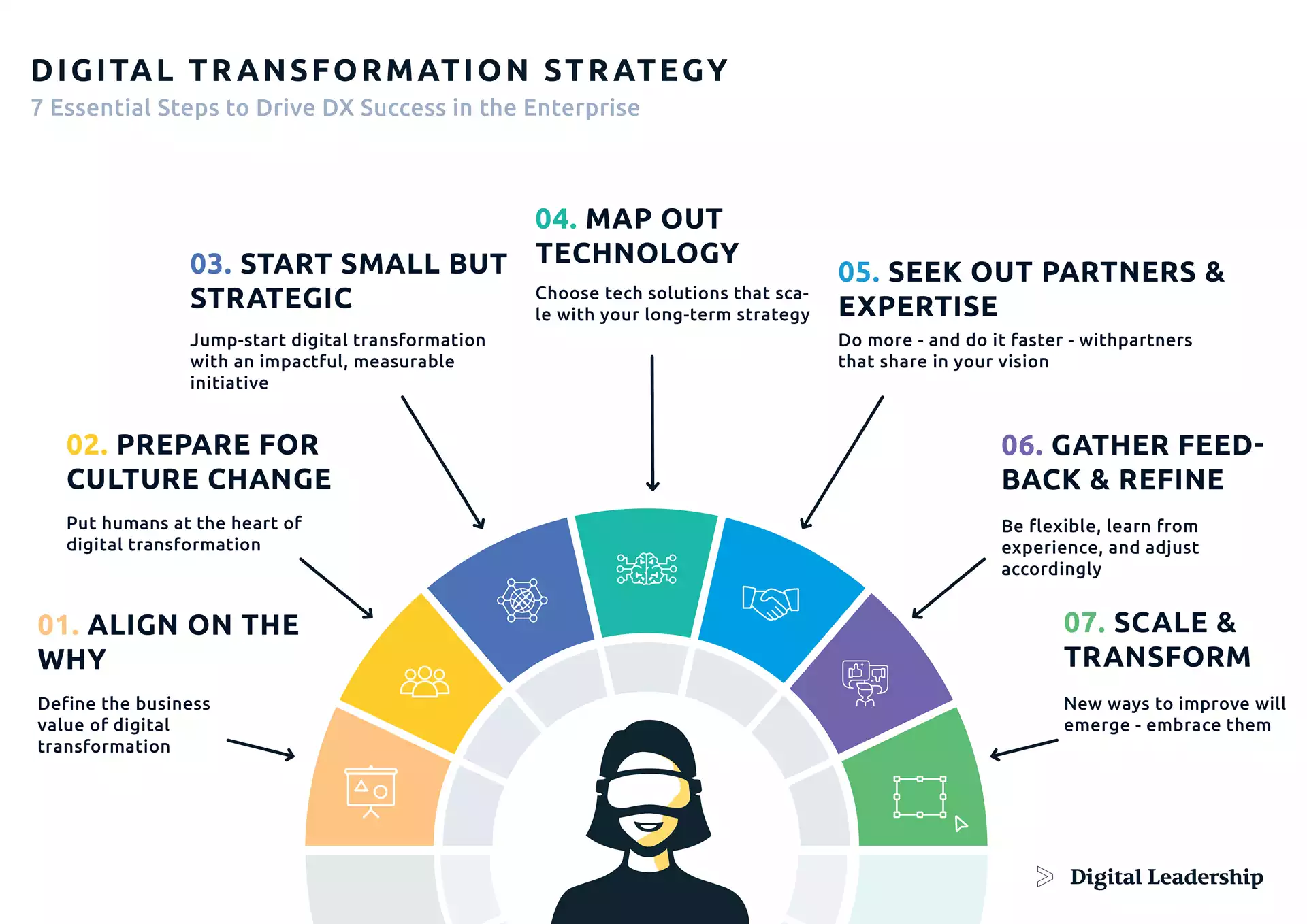
3. Embrace Cloud Computing
Cloud computing offers a compelling pathway to digital transformation. Cloud platforms provide scalable, flexible, and cost-effective solutions for storing data, running applications, and accessing IT resources. Benefits include reduced IT infrastructure costs, improved scalability, and enhanced collaboration. Migrating to the cloud doesn’t necessarily require a complete overhaul; it can often be a gradual process, starting with specific applications or data sets. Choosing the right cloud provider and implementing a robust security strategy are critical considerations.
![]()
4. Data Analytics and Business Intelligence
Data is the lifeblood of digital transformation. Organizations need to collect, analyze, and interpret data to gain insights into customer behavior, operational efficiency, and market trends. Implementing a robust business intelligence (BI) platform is essential for this purpose. Tools like Tableau, Power BI, and Google Data Studio can help visualize data, identify patterns, and make data-driven decisions. Furthermore, investing in data governance and data quality is paramount to ensure the reliability and trustworthiness of data.
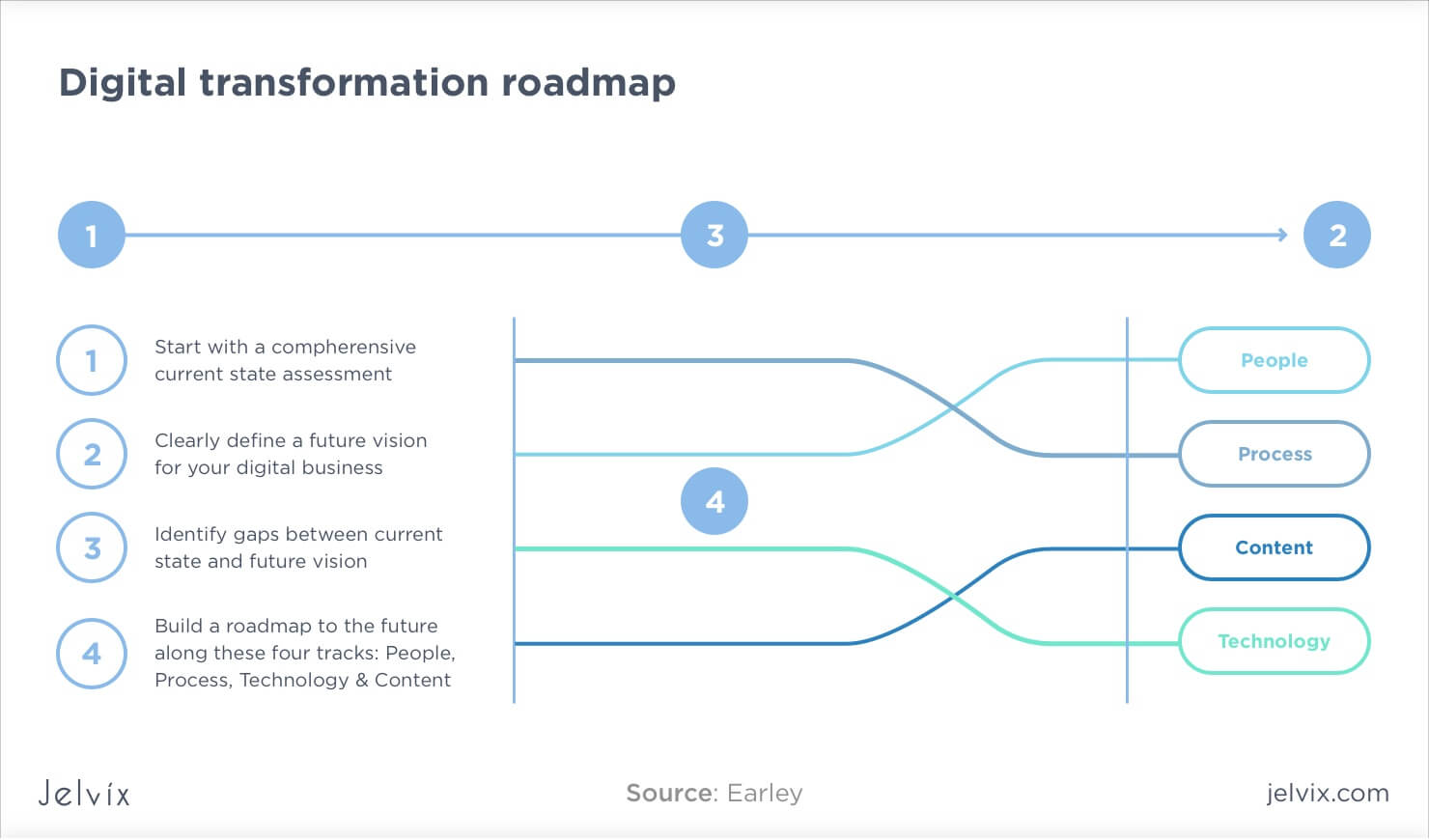
5. Focus on Customer Experience (CX)
Digital transformation should ultimately enhance the customer experience. Understanding customer needs and pain points is crucial. This involves gathering feedback, conducting user research, and designing digital solutions that are intuitive, user-friendly, and provide a seamless experience across all channels. Personalization, omnichannel support, and proactive engagement are key elements of a great CX strategy. Analyzing customer journey mapping can reveal areas for improvement and optimize the entire customer experience.
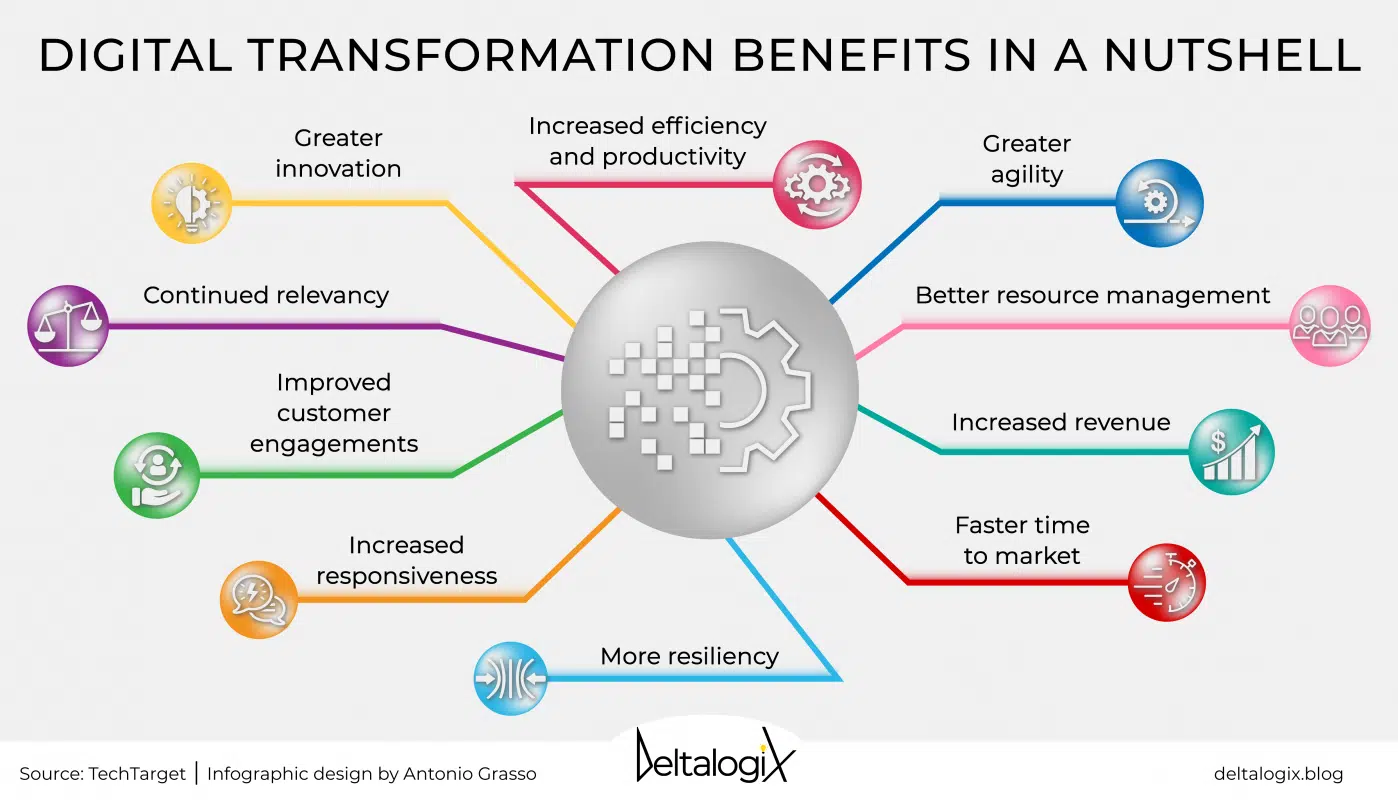
Challenges to Digital Transformation Implementation
Despite the potential benefits, digital transformation isn’t without its challenges. Several factors can hinder successful implementation:
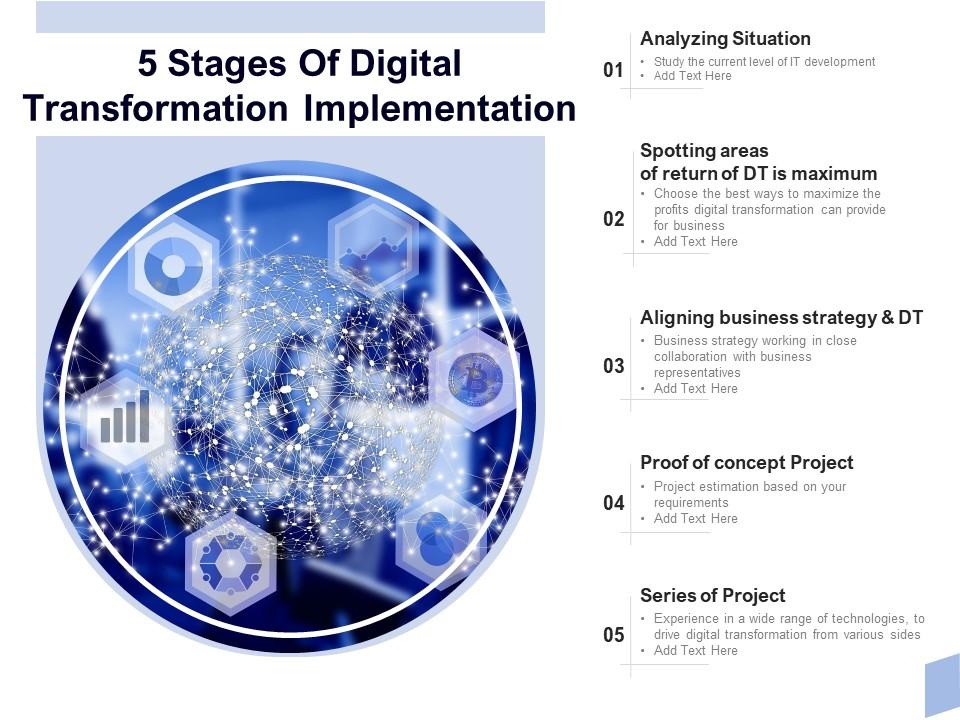
1. Resistance to Change
Employees may resist adopting new technologies and processes, fearing job displacement or feeling overwhelmed by the changes. Effective change management is crucial. This involves communicating the benefits of the transformation clearly, providing adequate training and support, and involving employees in the process. Addressing concerns and fostering a culture of innovation can significantly mitigate resistance.
2. Legacy Systems and Integration
Many organizations are burdened with outdated legacy systems that are difficult to integrate with new technologies. Integrating these systems can be complex and costly. A phased approach, prioritizing integration of critical systems first, is often the most practical solution. Investing in API (Application Programming Interface) integration can facilitate seamless data exchange between systems.
3. Security Risks
Increased reliance on digital technologies introduces new security risks. Organizations need to implement robust security measures to protect data and systems from cyber threats. This includes investing in cybersecurity training, implementing strong access controls, and regularly monitoring systems for vulnerabilities. Compliance with data privacy regulations (like GDPR and CCPA) is also a critical consideration.
4. Lack of Skilled Talent
Implementing and managing digital transformation initiatives requires a skilled workforce. Organizations need to invest in training and development to upskill their employees and attract new talent with the necessary expertise. This includes skills in areas like data analytics, cloud computing, and cybersecurity.
Conclusion: Embracing the Future of Business
Digital transformation is no longer a luxury; it’s a necessity for organizations seeking to thrive in the 21st century. By understanding the key drivers, implementing effective strategies, and proactively addressing potential challenges, businesses can successfully navigate this transformative journey. The key to success lies in a strategic, phased approach, a commitment to continuous improvement, and a focus on delivering value to customers. Ultimately, digital transformation is about creating a more agile, efficient, and customer-centric organization. Digital transformation implementation is an ongoing process, not a one-time event. Continuous monitoring, evaluation, and adaptation are essential to ensure long-term success. The organizations that embrace this shift will be best positioned to compete and lead in the years to come.